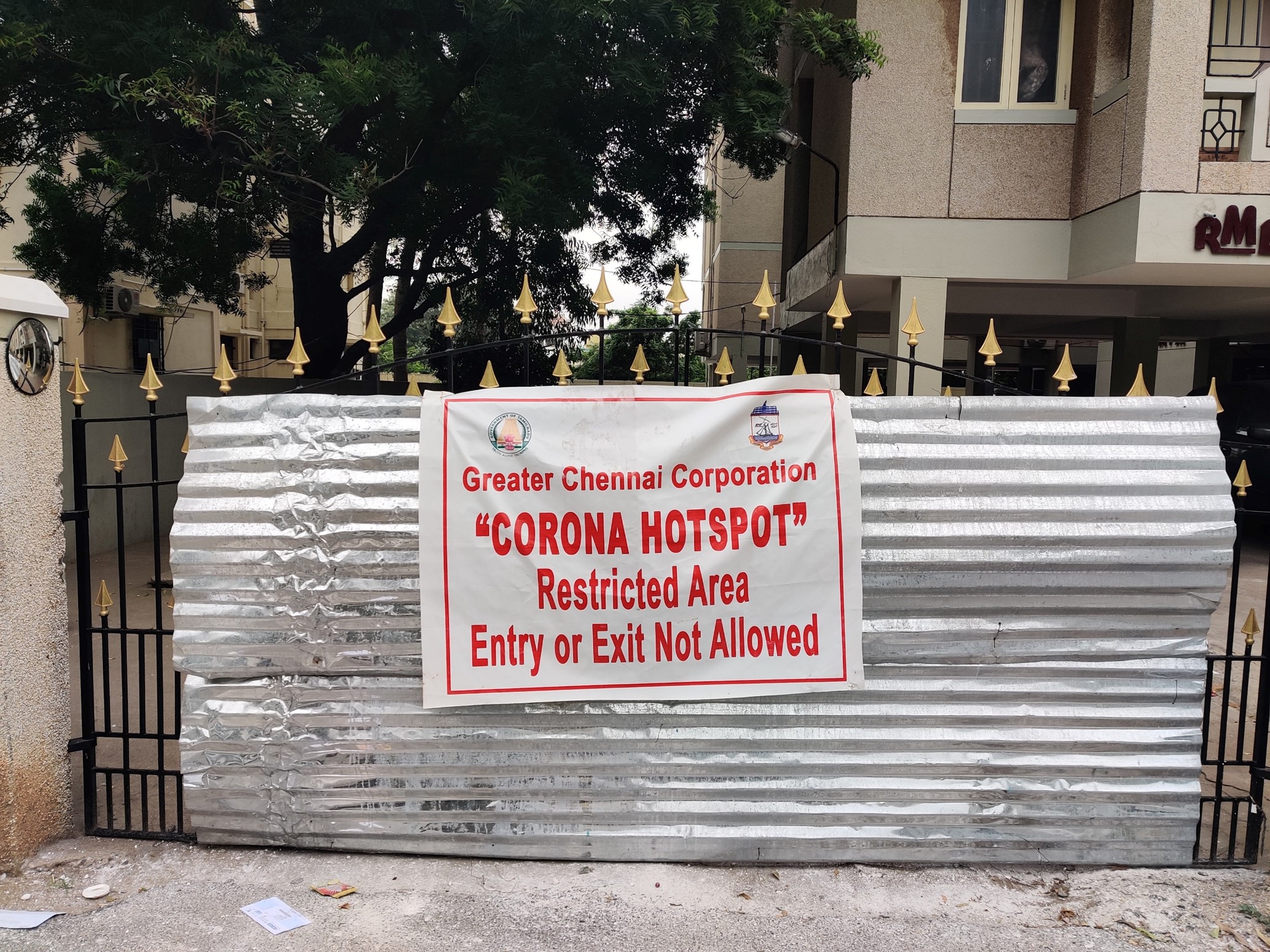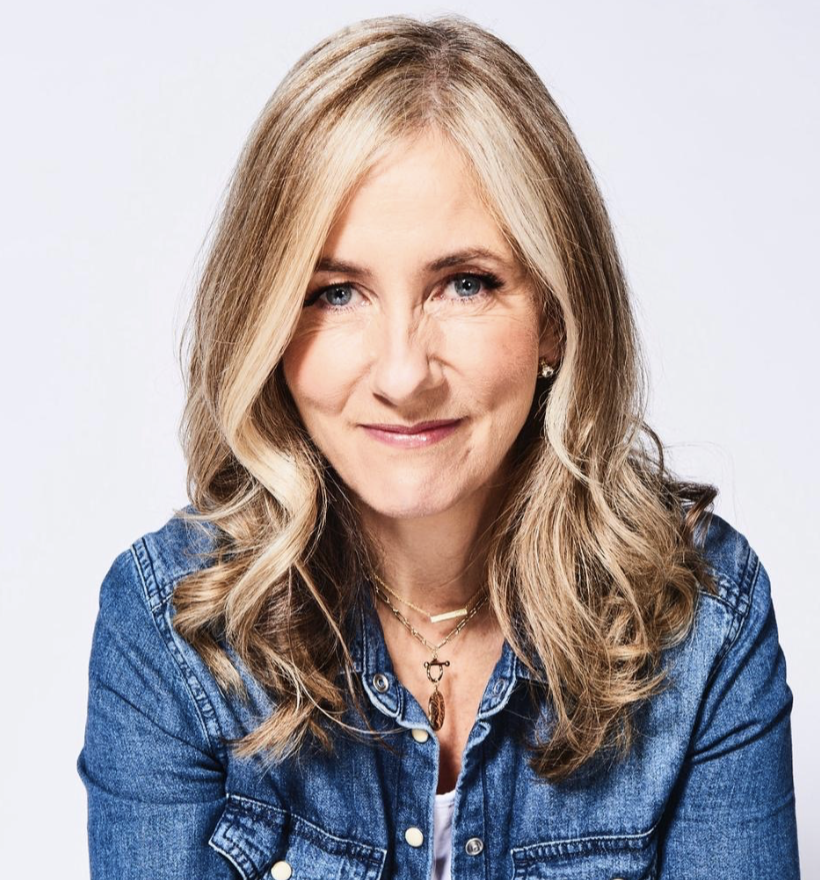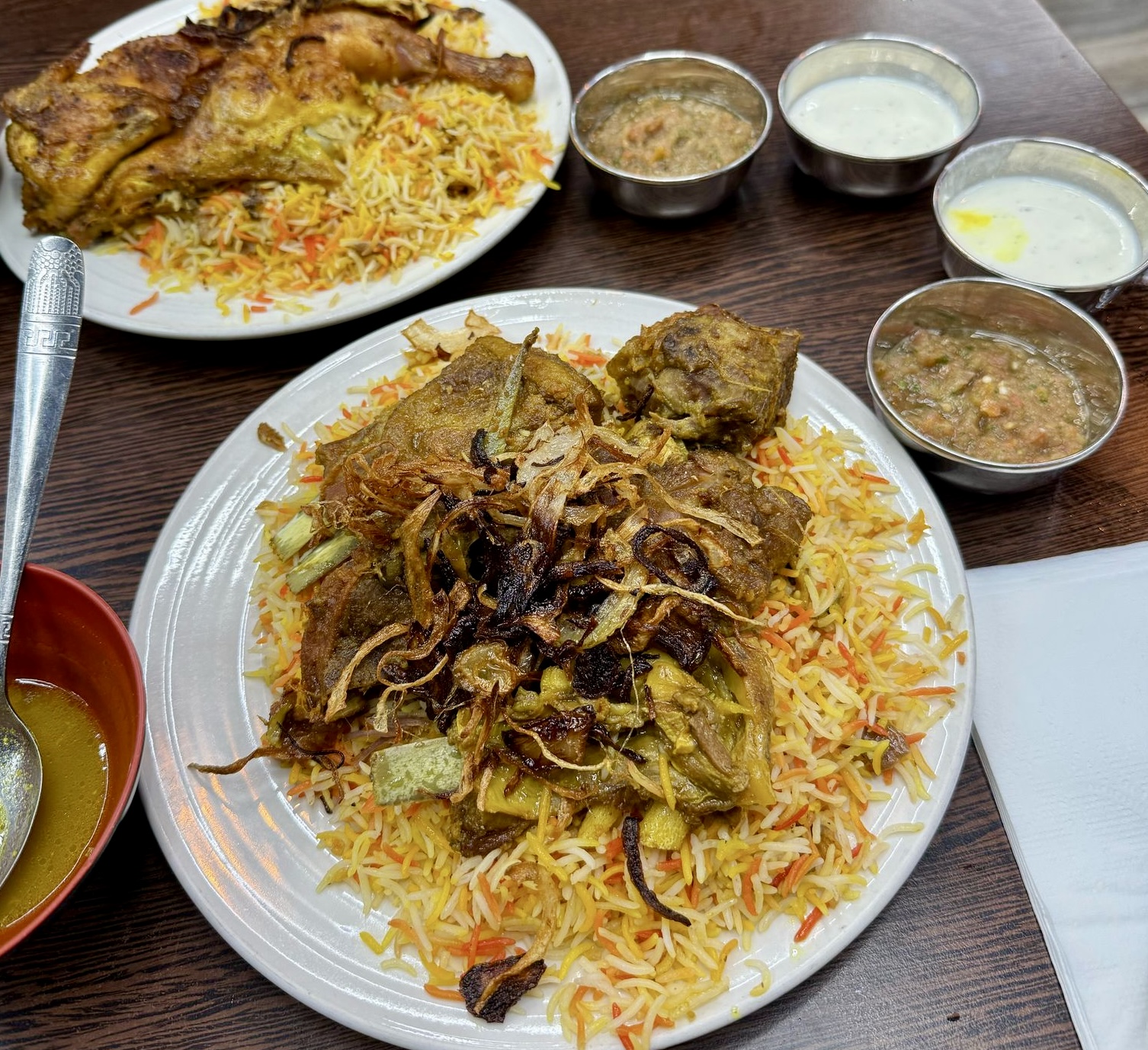Image by Govind Krishnan
Words by Shivika Singh
A second wave of COVID-19 ravaged India in the month of March and continues to do so. India’s active caseload currently stands at 37.15 lakh (3,715,000) and 2.49 lakh (249,000) people have died of the virus. The total COVID-19 cases in India currently stands at 2.29 crore (22,900,000) and 1.90 crore (19,000,000) people have recovered from the pandemic according to the Union Health Ministry data. The country is continuously recording over 3 lakh (300,000) cases every day since the second wave hit its peak. Epidemiologists in India and abroad, however, believe that the actual number of infected people and fatalities is much higher.
This recent surge has brought the healthcare system close to a total collapse as the ÔÇÿcoronavirus tsunami’ tears through the country with unimaginable speed. The hospitals are running out of beds, patients are being turned down treatment as there is scarce oxygen availability and emergency treatment in general has broken down. As the country’s crematoriums are overwhelmed with dead bodies, distressing visuals show bodies being burned in parking lots and open grounds. A New York Times post says, ÔÇÿIndia has turned into an open-air crematorium’. As hospitals refuse giving treatment, needy patients plead for oxygen on social media. It is clear that there is a complete public health emergency in India.
As India’s COVID-19 cases decreased to 20,000 per day in the months of January and February as compared to around 100,000 in August, the government of India declared the country COVID-19 free. On 8th March, the country’s health minister announced that India was in the endgame of the pandemic. Soon afterwards, Indian Prime Minister Narendra Modi declared COVID-19 beaten, and all places of public gathering opened.
However, all throughout this period, India’s top health authorities repeatedly issued warnings of an impending health crisis. The double mutant COVID-19 variant, officially known as B.1.617, was first detected in India in October and a warning was issued by WHO. In November 2020, a parliamentary standing committee on health flagged that there was an inadequate supply of oxygen and grossly inadequate supply of hospital beds. The government of India’s modelling falsely suggested that India had reached herd immunity despite the zero-surveillance done by the Indian Council of Medical Research. By early February India’s health experts warned the government of an inevitable COVID-19 tsunami that could kill millions, however, no immediate action was taken and political and religious gatherings continued to take place.
One of the major reasons behind the exponential COVID-19 surge was the state elections that were held in many populous states across India. Tens of thousands of people gathered in political rallies in all election holding states, particularly Bengal, where all COVID-19 protocols were neglected and no social distancing was followed. By the time elections were over, one out of every two people in Bengal getting a COVID-19 test were already positive for the virus. Despite India recording over 200,000 cases per day, Prime Minister Modi continued to lead massive political campaigns, speaking before unmasked and tightly packed crowds and encouraging people to attend political rallies and cast their vote.
Another mass gathering that fuelled the COVID-19 spike was the Kumbh Mela, a Hindu religious gathering, which is one of the biggest pilgrimages in the world. This festival officially began on 1st April with millions of devotees traveling from all parts of the country. With barely enough protocols in place, this gathering became a super spreader.
Failure to vaccinate the population of nearly 1.5 billion people also helped escalate the crisis further. As of 2nd May, only 2% of India’s population had been fully inoculated with both doses of the vaccine and only 9.4% had received the first dose. As a response to rising COVID-19 cases, from 1st May India opened up vaccinations for roughly 600 million people, covering 18 to 44 year olds. However only 12 out of India’s 36 States and Union territories had enough vaccines in stock to begin vaccinating over 18s, and many only in very small numbers. As the healthcare system of the country is in severe distress, shortage of vaccines is a major issue as well.
Since the Indian government had already started to believe it had overcome the pandemic, the vaccination drive was not taken seriously either. While other countries had already placed sizeable vaccine orders in 2020, India only ordered 15.5 million vaccines in January. The government had not placed an order for vaccines larger than 110 million doses from the Serum Institute of India (SII) ÔÇô the world’s largest vaccine producer based in the city of Pune ÔÇô since sales started in December. This is barely enough for just 4% of the population. It is also noteworthy that the government’s own data showed it had sent nearly 70 million doses overseas since January – enough to easily vaccinate the entire populations of Delhi, Mumbai and Calcutta, which are COVID-19 hotspots in India.
The situation in India is distressing and full of tragedy. It is also a warning to the rest of the world to take this pandemic seriously and follow all the protocols.



